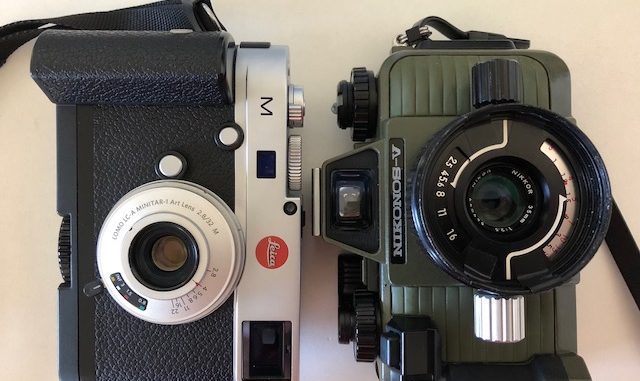
Crazy Comparison! Leica vs Nikonos
by Huss Hardan – His website is HERE
Ah Leica. A name surrounded by mystique and intertwined with mythology while coated with a heavy layer of majesty. Dump that in a blender and pour yourself a street shooting smoothie..
Ah Nikonos. The deep sea diver’s tool moist with the acrid low tide flavour of kelp ripening in the sun. And yet, a far better street shooter than a Leica.
What the what? Yep.
So I had a shoot in downtown LA. And it was raining. Which finally gave me the reason to use a Nikonos. Rain. Because as we all know every other camera on the planet would dissolve like tissue paper if it gets wet.
I brought two cameras along, the Nikonos with the standard 35mm 2.5 amphibious lens, and my Leica M240 with the Lomo 32 2.8 lens. Pretty much the smallest lens you can get on that camera (essentially a body cap), which was what I needed as it would be under my jacket most of the time. Because rain.
What seemingly is a ridiculous comparison bears a little considerate thought. The lenses are very similar in focal length and speed – 32 vs 35, 2.8 vs 2.5. And are both Full Frame items. The Leica is a rangefinder camera – THE street shooter set up as everyone who takes pics of cats will tell you. But the Nikonos – it is a scale focus camera which for this type of photography is perfect. Street shooters scale focus their Leicas too – they don’t have the time to focus and recompose while they are capturing that decisive moment in line at Starbucks.
The Nikonos has the most ginormous optical viewfinder, as it was designed to be used with a diving helmet. Or at least goggles. A viewfinder so large that you can put two or three Leica VFs in there. And still have room to watch your subject enter the frame. It also has auto and manual exposure modes, something that only one film Leica ever has offered since the dawn of peoplekind. It is indestructible; mine in the picture survived a crash that had it skimming down the road like a hockey puck. That my friends is how you create patina. ( I had made the mistake of handing someone my beer while I tried to launch off a sweet jump).
Cutting to the chase. Nikonos was loaded with Fuji Provia 100. Film. Period. How it’s done.
Leica was loaded with, I dunno, electric stuff that phones also have?
Same subject, taken at the same time. With 1:1 crop to show detail.
Nikonos with provia 100
–
Leica and Lomo – 1st image, then 1:1 crop
Cost of the Leica (without lens) – about $3000 second hand. Offered in silver or black. Wake me up when it’s tea time.
Nikonos V – about $200 including the lens. Offered in Liquid Voodo Orange or Mars Attacks Green. Awesome!
Peace out!
Huss

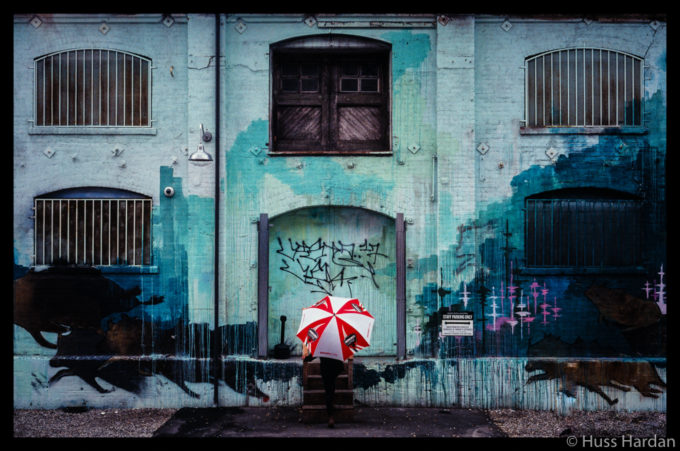
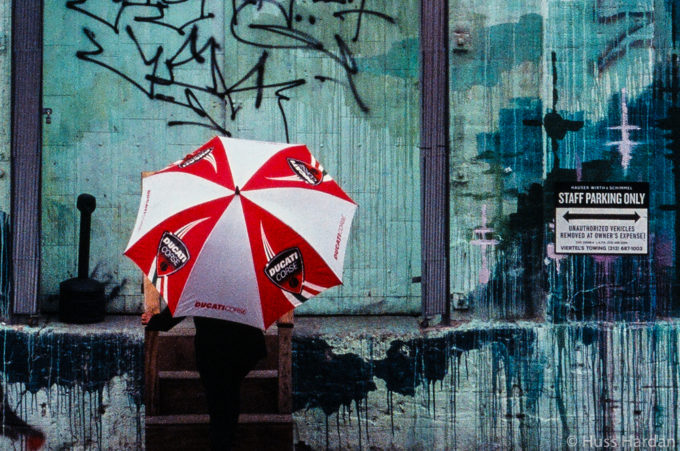
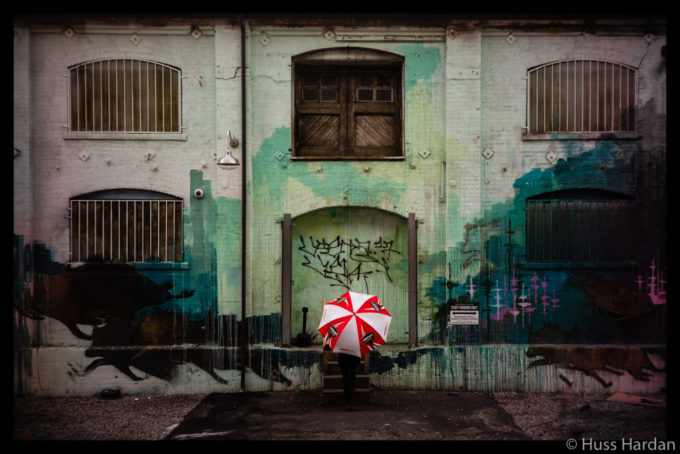
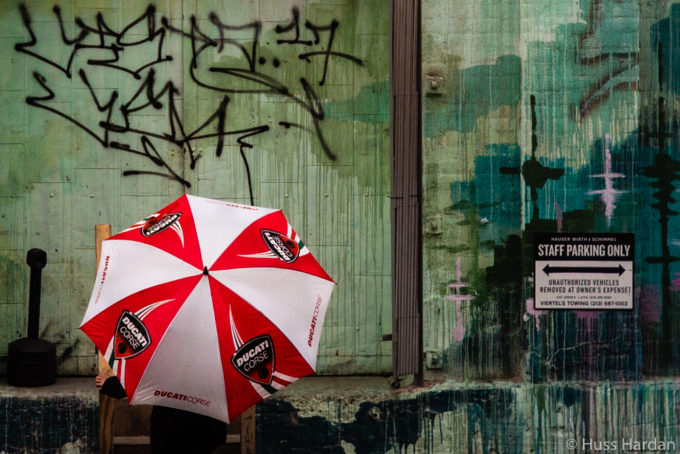


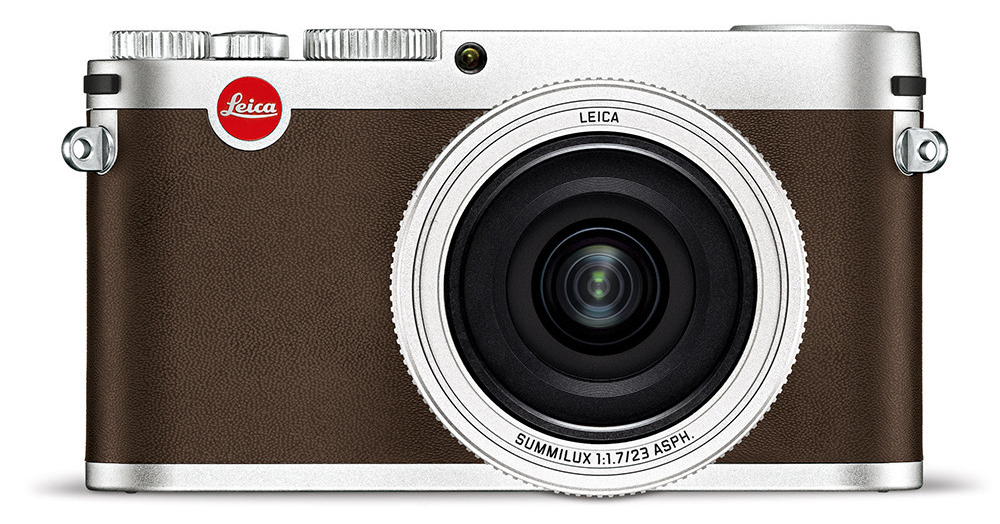

Huss – funny and enjoyed reading – and yes I prefer the Provia to the Leica!
“The Leica is a rangefinder camera – THE street shooter set up as everyone who takes pics of cats will tell you. But the Nikonos – it is a scale focus camera which for this type of photography is perfect. Street shooters scale focus their Leicas too – they don’t have the time to focus and recompose while they are capturing that decisive moment in line at Starbucks.”
What’s with the attitude? Is this trying to be funny?
I like the Lomo shots here!
Oh my goodness, the mere mention of the word Nikonos has memories for me. Mine was bought brand spanking new, as a dive camera 30+ years ago and accompanied me on sailing and diving trips to exotic locations like Guadalcanal, Guam, Truk, Palau, New Guinea and Vanuatu. But mine did its best photography above water in rain forests and while exploring hill tribe villages or wading through rivers and waterfalls. The thing that really gets me in every time is the distinctive smell of the rubber and silicone. DO they STILL smell that way after all these years? One smell and I am back in the tropics thinking “How terrible…….another day in paradise”. A great camera that literally made memories.
O my Nikonos. I have two Nikonos/Calypso II ones. One of greatest invention in 35mm after Leica and having some features Leica did not have a which were very useful. Despite uneven spacing, absent teeth prevented sprocket tear with cold and brittle film. Winding arm and shutter release in one and the distance and aperture knobs on the lens were thick glove dreams . Shutter mechanism so simple the it could be fixed out in the bush. Onlu two O-rings! Robustness beyond belief. Standard lens 35/2.5 was one used on Nikon S cameras. Pity they did not make 20mm above land lens. Finally – Nikon please make a digital Nikonos, not a bulky RF one. Just one of small original bodies, no AF just focus confirmation, 15mm, 20mm to choose from and we have go everywhere camera without expensive, heavy and bulky housings.
I wish Nikon has a sense of humor and made an 8mm FISHeye lens for Nikonos.
I love my Nikonos! It’s reliable, indestructible, unmistakable (I have the voodoo orange version). I have taken it all over, on vacations, as my only camera and it has never let me down.
Very nicely written piece, too, by the way. thanks for that.
“Ah Nikonos. The deep sea diver’s tool moist with the acrid low tide flavour of kelp ripening in the sun. And yet, a far better street shooter than a Leica.”
Haha love it! Camera chat can be very dry… this was a nice lighthearted article, thanks Huss!
Agfa positive film & Nikonos was the best combi imho. (I never liked Fuji)
And yes, I own one too. The only camera I’ve not sold.
The two results are different – no one expected otherwise, right?
Everyone will have a personal perspective on the differences:
Some will _like_ one more than the other.
Some will say one is more accurate than the other.
Some will say one contains more of the kind of information they value, which they could manipulate better.
At the end of the day, these are image – for the enjoyment of viewers.
So all that matters is what each of us personally like!
But the point is made: Cost of equipment doesn’t directly effect the overall enjoyability of the images.
Hi!
For topside photography, the Nikonos had a 28mm (there was a topside and an underwater version, the underwater one has a concave front glass and is not sharp on the surface), a 35mm and a 80mm. All zone focusing of course.
I shot topside with the 35mm lens and the results were stellar.
I had the 15mm, I think the best underwater lens ever made. And small!!! I still have a totally brand new looking Nikonos I bought as a spare.
Dirk.
interesting article Huss, I also own a nikonos which I have loved very much…and still use to this day………wish you could have shown a few more photographs to back your case…I love both cameras….but I think they both have their uniqueness and very hard to compare a analogue to a digital…thanks for posting
What a fun, entertaining story Huss! As for the images: both are nice with wonderful colours, although strikingly different. One commenter asked “which is the more accurate?”. I find that irrelevant. It’s the image that counts, and I wasn’t present at the scene anyway.
I’m doing a comparison between an iPhone X and a Kodak Brownie on my next scuba dive.
Should be equally interesting and relevant.
Been there, done that. Spoiler alert – Brownie wins.
You’re, of course, referring to the now Cali legal version of a “brownie” right?
Jim, my delightful friend. I have no idea what you could be referring to. None. Nada. Zip.
Nikonos lenses are very good, Pawel Achtel built his own 3D “Deep X” rig for the London Olympics using them. The rig “only” weighed 24 kilos compared to 200 kilos for an equivalent rig that would require a 12 inch dome port.
TRANSCRIPT – http://www.abc.net.au/catalyst/stories/3795962.htm
Pawel Achtel’s website where you can see an IMAX film teaser –
http://24×7.com.au/index.htm
The provia is certainly more pleasing, but which is more accurate? On a Fuji camera I have with digitty bits in the middle, the provia film simulation renders some greens ( green highlighter for example) as blueish.
I love this post Huss, you mischievous little devil… 🙂
Like the Nikon photo better. To me, more pleasing color.
Great post! The Nikonos was my faithful underwater camera for years. It rendered incredible results with the 15mm and 20mm lenses. There was a simplicity that seems to be missing from today’s digital cameras. I found the 35mm virtually useless underwater. It was notoriously difficult to focus, so it was used mostly with extension tubes and framers that scared most fish away. But on one trip I dropped my Canon SLR. Luckily the body cap for the Nikonos that is a 35mm lens came in very handy. The shutter sound can best be described as a muted thump. It’s a great street camera.